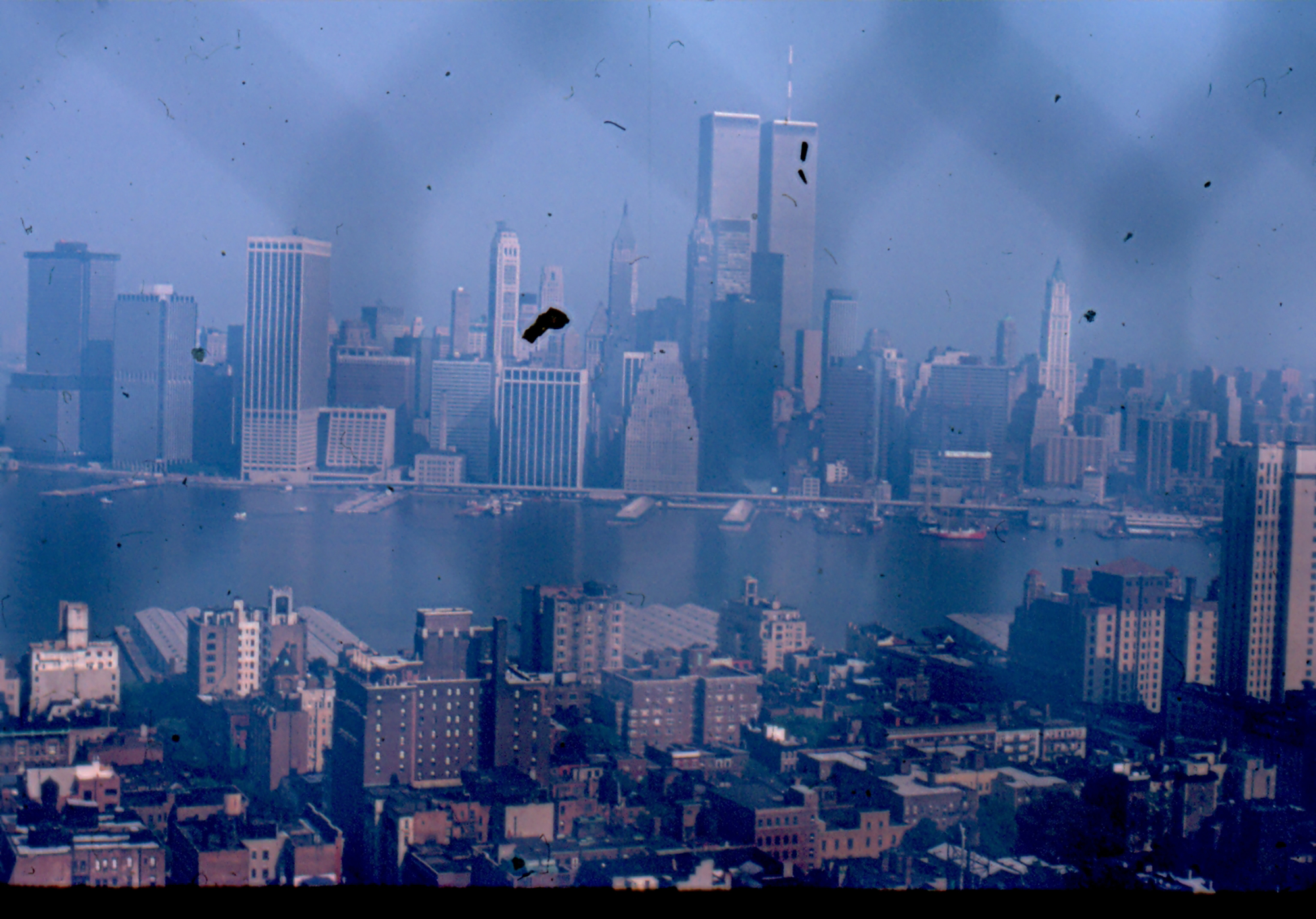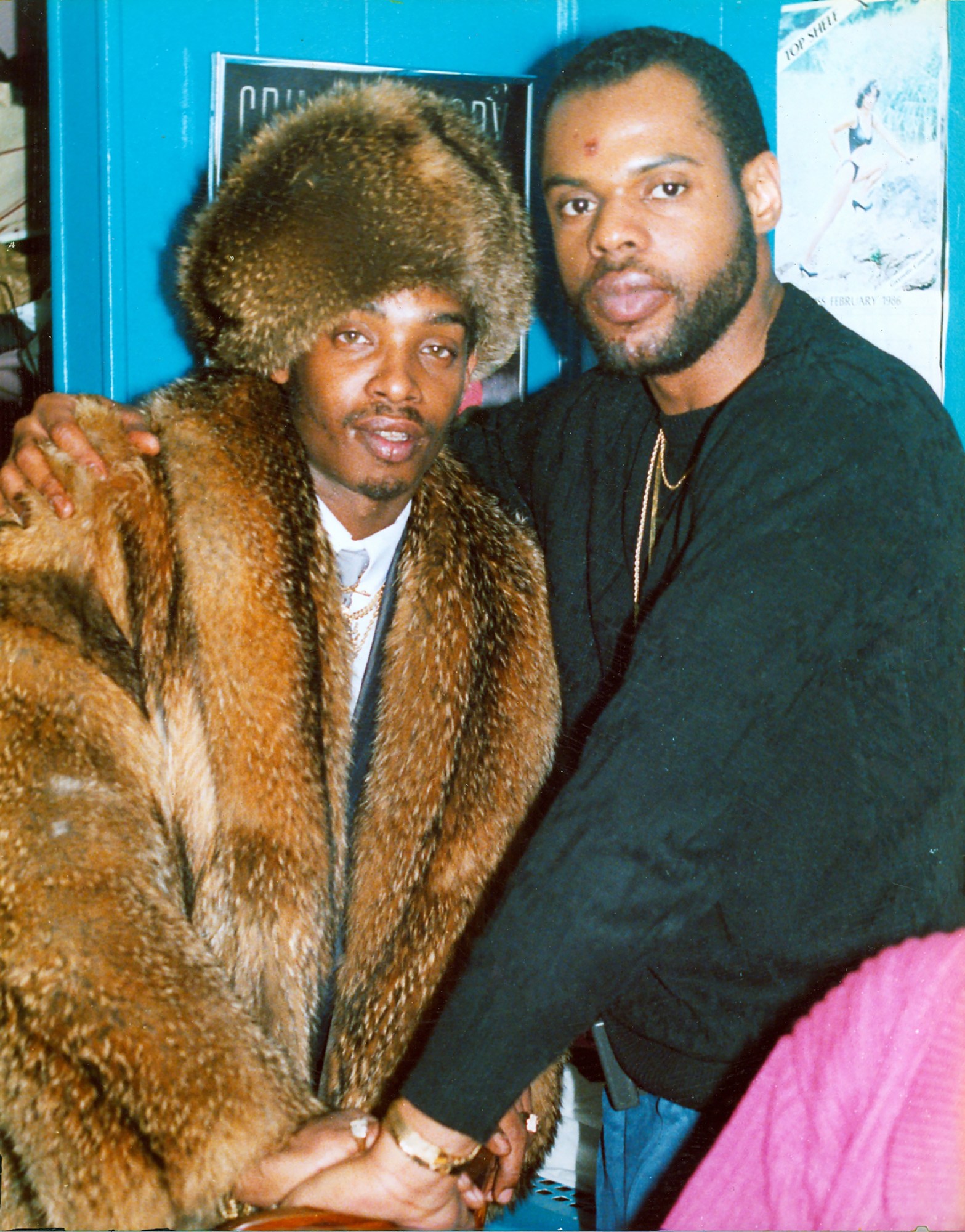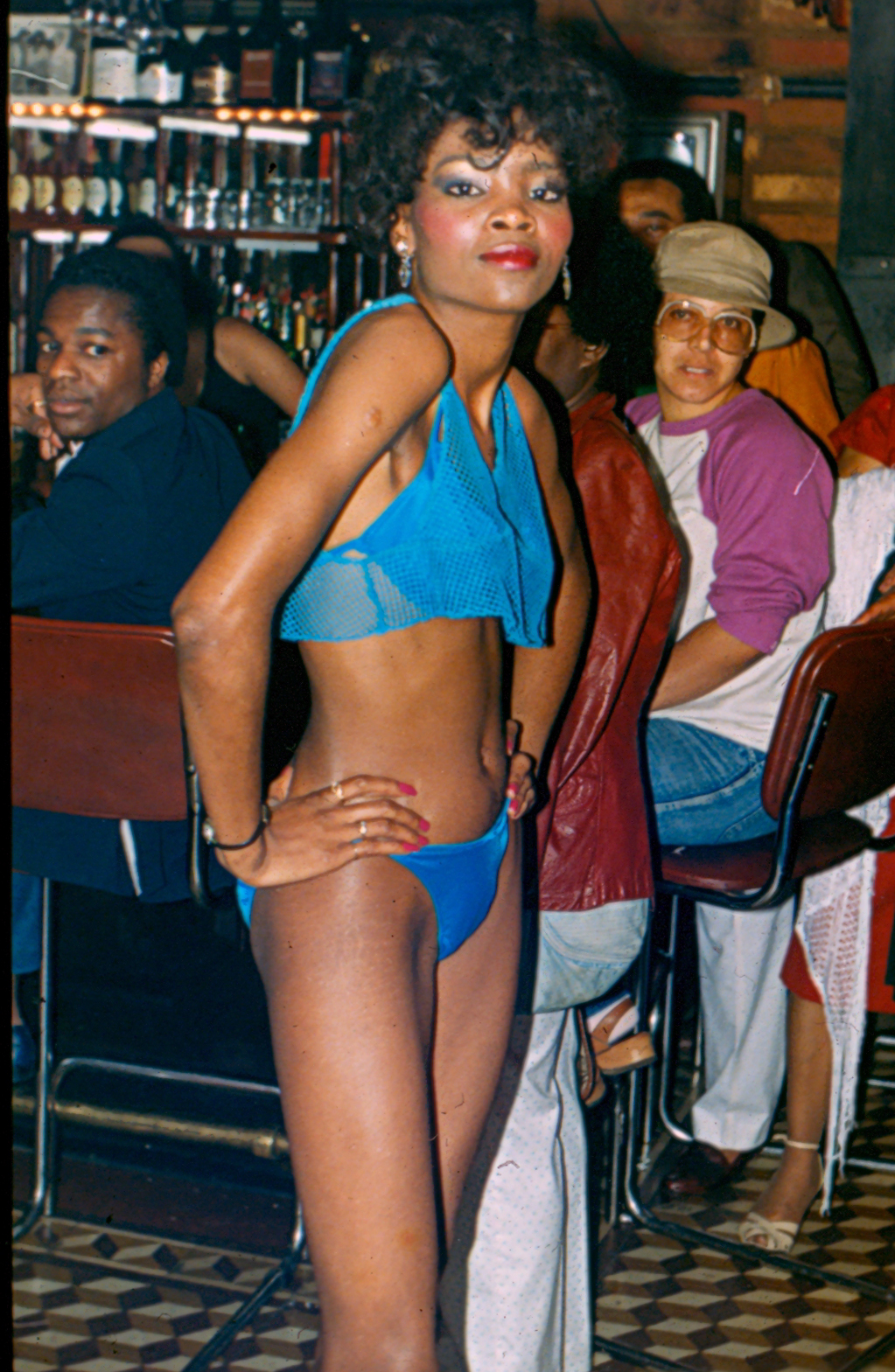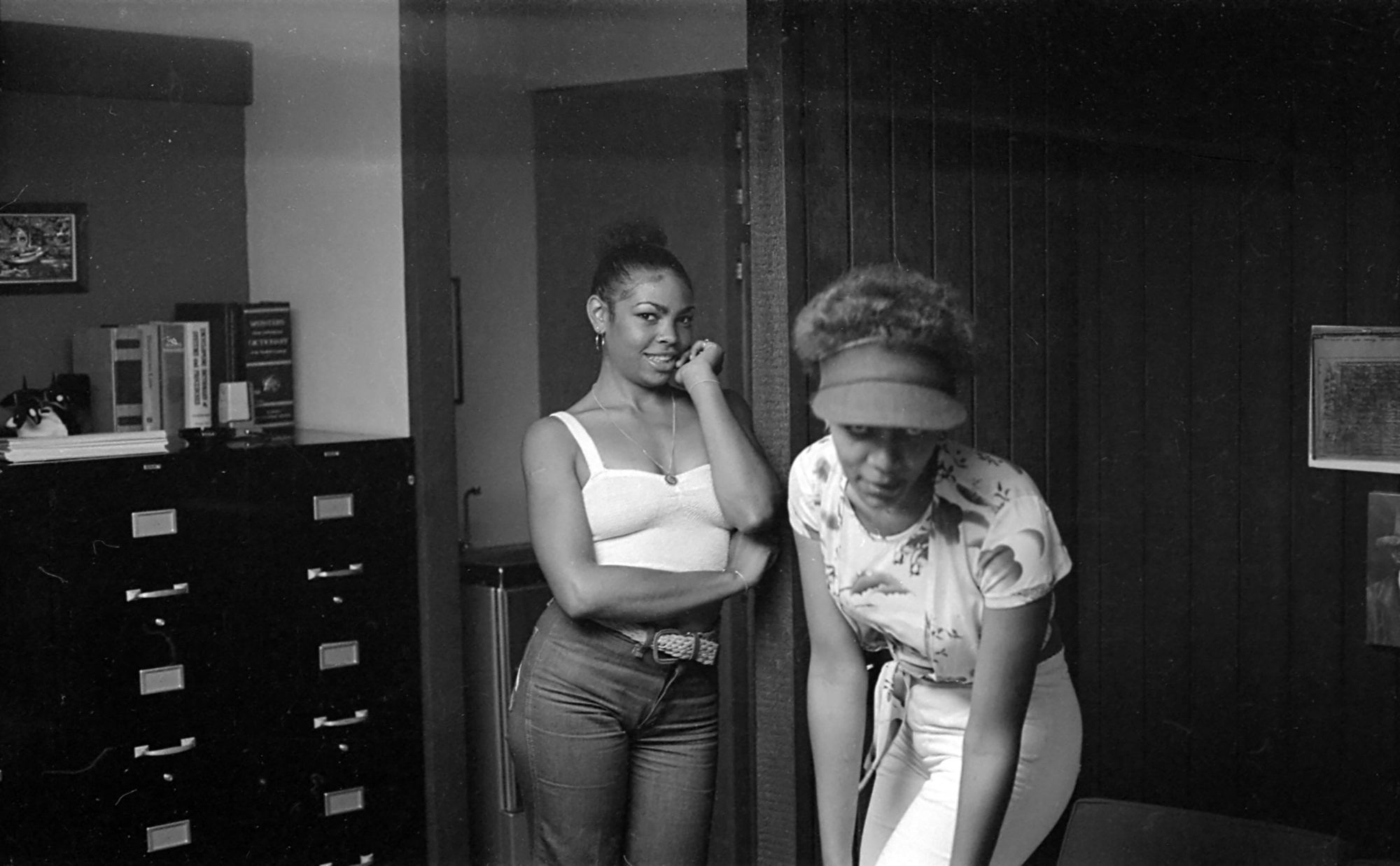Hailing from Harlem, photographer Robert D. Cave Sr. (1949 – 1998) cast a striking silhouette on the streets of his hometown. Built like football legend Jim Brown, Robert possessed an eye for style that enhanced his impressive physique. “He didn’t know how to dress down,” says his son Robert Cave Jr. “He was into jazz and the Harlem Renaissance, and was well dressed all the time. He looked like he was going to the Oscars. If he went out of the house to the store, to work, or to shoot, he was always wearing a suit.”
Robert moved fluidly with camera in hand, chronicling New York life between the 1970s and 90s. He worked extensively with prominent politicians like Jesse Jackson, Adam Clayton Powell III and David Paterson. Whether creating campaign photos, documenting events and conferences or shooting parties or his family, Robert was deeply attuned to the power dynamics of photography.

“Photography was a social lubricant,” Rob Jr. says. “If you go into a room with a camera, the important people are wondering who you are. It puts you on almost equal footing with them. If you’re nervous around somebody, when you take their picture, they’re almost automatically trying to impress you. And when he didn’t have a camera on him, he was always a sociable person. He just had that confidence. People wanted to hang out with him, the same way people might want a photographer to take their picture.”
A consummate insider, he moved with ease through the streets of Brooklyn, creating a heartfelt portrait of the borough where he raised his children. The family lived on Quincy Street and Bedford Avenue in Bedford-Stuyvesant long before gentrification set upon the tight knit community.

“We grew up around our family, so we had a lot of close relationships with our cousins and neighbours,” his daughter Eurila Cave says. “There was a safety and familiarity of having people you know right next door. Now the majority of people around you are strangers. The brownstones on the street we grew up on are no longer there. Now it’s a brick façade with these big old windows that doesn’t feel familiar at all.”
In a city that announces itself as “New”, the passage of time adds another layer of influence and prestige to Robert’s archive. In his images, a pivotal era in the history of Black Brooklyn is preserved for future generations. “He was a historian,” Eurila says. “He was an avid reader so he had a respect for history and representation, and felt it was important to capture what was happening at the time so we would have it now.”

Robert recognised the integral links that fostered these connections, helping to transform the vast landscape of New York into a network of interconnected villages. “He had a very close relationship with churches, community organisations and local businesses — not just by shopping there but also by helping them advertise and promote themselves,” Rob Jr says. “That was his main thing: supporting local business is also supporting the life of the community. He wanted to give them the tools they needed which other people might take for granted.”
Robert walked it like he talked it, bringing the message home and supporting his children to contribute their passions, talents and skills by giving them an opportunity to grow and learn by his side. “He always wanted us to be a family-run company and for everyone to have a role from my cousin doing marketing to another doing accounting,” Eurila, who followed her father’s path and works as a professional portrait and event photographer, says.

Rob Jr., now a graphic designer, also got his start as a member of the family business. “Around 1997, he was working for a politician, I think it was David Paterson, and my job was to create the pamphlets. Instead of paying me one week, he got me this Macintosh so I could get started making flyers.”
Robert also impressed upon his children the importance of media literacy, helping them to understand how it could be used as a tool of persuasion. “He really valued media and understood how powerful and persuasive it is. He gave me a book when I was 13 or 14 called Subliminal Seduction,” Eurila says. The 1974 book analyses the ways advertisers manipulate images to prey on consumers’ vulnerabilities.

“He would always remind me that photographers can position stories any way they want just by the angles and lighting they chose,” she continues. “He was very respectful and wanted to make his clients look their best, so he would explain his process to them. He wanted us to understand that as well about the way we look at the world. I still can’t watch TV or movies without the objective reasoning that says, ‘This isn’t real.’”
Blessed with an analytical nature, Robert was equally comfortable with electronics and art, blending the two when opportunity arose. He encouraged his children’s passions, bringing them along on different trips around New York, be it to a Gordon Parks exhibition or venture through the various industrial supply shops that lined Canal Street back in the 70s and 80s.

“He looked at everything like an engineer. He would take circuit boards and radios apart and put them back together to see how they worked,” Rob Jr remembers. “He used to make his own equipment like a visual mixer with turntables and slide projectors. It wasn’t something that existed; it was something he needed to so he made it out of nothing. He made his own mixer out of tomato cans with a dial on top so that the photos would switch from one to the other.”
Although Robert passed when Eurila and Rob Jr. were still teens, his legacy lives through their work and the work they do to honour his archive. “I always looked up to him as my dad but I never go to know him as just a regular guy,” Rob Jr., who has been digitising the archive, says. “A lot of his pictures were taken when he was my age now, so I got to see his life and know him better.”
Recently Black Archives showcased Robert’s images in a public art campaign on the streets of New York, bringing his work home to the community where it was made. “He wanted to keep a record of our time here,” Eurila says. “He knew because of the way the media is manipulated that we could easily be left out of the story if we don’t advocate for ourselves.”

Credits
All images © Robert D. Cave Sr.


